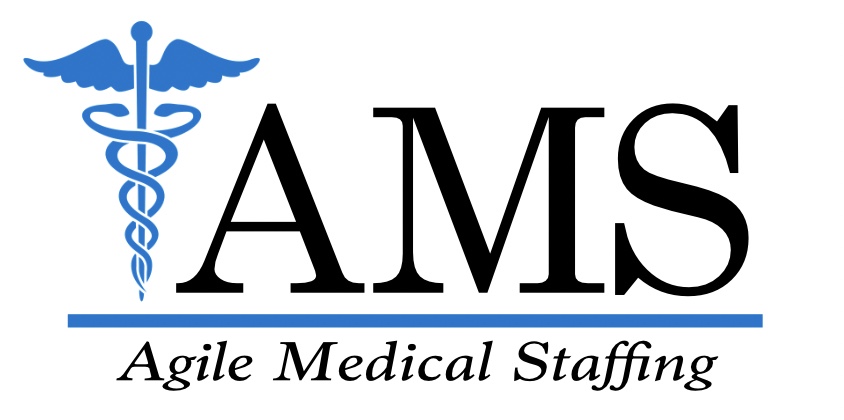When it comes to keeping a healthcare facility running smoothly, staffing decisions can make or break the experience for patients and staff alike. It’s not just about finding people to fill shifts, it’s about putting the right professionals in the right places at the right time. In Dallas, where patient needs and demand can shift quickly, staying ahead of staffing challenges matters if you want to keep operations flowing without delays or burnout.
Smart staffing doesn’t happen by accident. It requires a real understanding of your facility’s rhythm, your team’s strengths, and where the pressure points are. Whether you’re managing a large hospital or a small care center, having a steady and qualified workforce behind you helps build trust with patients and supports better outcomes. Making smart decisions starts with taking a close look at what your facility truly needs.
Understanding Your Facility’s Needs
Before hiring anyone, you’ve got to ask: What do we actually need? This question sounds simple, but the answer can be layered. A strong staffing plan begins with knowing your facility from the inside out. What are your busiest departments? When do you tend to see patient volume spike? Are there times of year when specific roles become harder to cover, like mid-June when vacations are in full swing across Dallas?
Start by reviewing:
1. Which departments are consistently short on staff
2. What qualifications are required for specialized roles
3. How your current staff is managing workloads
4. Where patient satisfaction might be dipping
It helps to talk openly with department leads. Nurses, techs, and admin staff often have a good sense of what’s working and what’s stretched too thin. Their insights can show you parts of your operation that need support.
Planning ahead also makes a real difference. For example, if you know flu season overwhelms your ER every year, lining up help before you’re underwater can give your team some breathing room. A good workforce plan doesn’t just react to staffing issues, it anticipates them.
Dallas facilities especially deal with rapid growth and seasonal demands, so staying ahead means looking at both clinical needs and community patterns. The right mix of roles and schedules can keep your team focused and patients cared for, even when volumes climb unexpectedly.
Leveraging Healthcare Staffing Services
Once you’ve nailed down your staffing needs, the next step is to figure out how to fill them. That’s where professional healthcare staffing services come into play. Working with the right partner opens up access to a wide pool of qualified professionals, many of whom are ready to step in quickly.
Here’s how healthcare staffing services can help:
1. Offer faster placements to fill urgent roles
2. Provide vetted candidates with the right licenses and experience
3. Give you access to temporary, contract, or permanent staff as needed
4. Take on the heavy lifting of screening, background checks, and onboarding
Say your outpatient surgery center recently added a few more weekly procedures. Instead of stressing your current team, bringing in a skilled surgical nurse part-time might be the answer. You don’t have to go through weeks of recruiting to make it happen, and you can add support without overcommitting to a full-time hire.
Good staffing solutions adapt to your needs, not the other way around. Whether it’s last-minute coverage or building a long-term care team, having an extra layer of support takes pressure off your internal staff and allows your facility to keep care standards high.
Make sure to choose a service that understands your region and specialty. Dallas is a unique market, and the right staffing partner won’t just send a resume. They’ll send someone who’s ready to jump in and keep things running right.
Building A Team For Success
Finding the right staff is just the first part. Once they’re on board, what happens next matters just as much. A new hire can either strengthen your team or add extra tension to an already stretched group. To set everyone up for success, you need a solid plan to help both new and current staff work well together.
Start by creating a clear onboarding process. Don’t assume someone with great experience will just know how your facility runs. Give them what they need: quick access to protocols, schedules, and points of contact. Make them feel like part of the team, not like a temporary fix.
Then, think about how your full-time and temporary staff blend together. Short-term staff can support permanent team members when workloads spike, but only if there’s understanding and mutual respect. Take time to build that bridge with open communication.
Here are a few ways to keep your team cohesive, even during busy seasons:
1. Assign shift leaders or mentors to help new staff settle in faster
2. Use consistent scheduling tools so everyone stays in the loop
3. Address confusion or tension early, before it spreads
4. Get feedback from both temporary and full-time staff on what’s working
Good teamwork takes effort, especially when your staff might change week to week. Training and team-building shouldn’t stop at orientation. Even a simple weekly check-in can go a long way in finding small problems before they become big ones.
For example, a Dallas urgent care clinic started rotating new float nurses into their system to cover longer summer hours. They noticed stress went down and patient feedback improved when new hires were paired with familiar staff who helped them get used to the pace. Investing in these simple setups helped everyone feel more aligned.
Evaluating And Continuously Improving Staffing Decisions
Staffing isn’t something you figure out once and forget. Patient needs shift. Staff comes and goes. What worked in January might feel off balance by June. The smartest facilities in Dallas constantly take a look at what’s working and what needs to change.
Start with regular staffing reviews. Focus on workload, care quality, and team morale. Pull in different perspectives from nurses, doctors, and front desk staff and ask where things slowed down or felt stretched. Include input from patients when possible. Their view often shines a light on blind spots.
You can also:
1. Track shift coverage gaps to spot trouble trends
2. Use staff surveys to learn what feels uneven or overwhelming
3. Monitor how temporary staff impact full-time team performance
4. Adjust job roles or hours to match real-time needs
Once you gather this type of input, use it. Refining your staffing plan doesn’t have to mean big changes every month. Sometimes it’s tweaking float hours, bringing in weekend help, or cutting down on double shifts. Keep the door open for small improvements that move things in the right direction.
Over time, these efforts help prevent turnover and burnout. They also show your team you’re paying attention and value their experience.
Empower Your Facility With Smart Staffing Decisions
Staffing decisions echo throughout your entire operation. When things are running well, you might not notice much. But when the balance is off, it can ripple through patient wait times, provider stress levels, and overall team morale.
Dallas facilities sit in a fast-growing region, which means pressure builds quickly if you let staffing gaps linger. Being thoughtful and proactive with your hiring strategy brings stability, not just for today but for the long run.
Smart staffing takes a little more effort up front but makes daily operations smoother and more predictable. It shapes your workplace culture, supports better care, and helps staff feel more confident and connected. When your people are supported, they show up stronger and stay longer. That’s something patients and employees both benefit from.
If your Dallas facility could benefit from dependable staff support, learn how healthcare staffing services can make a difference. At Agile Medical Staffing, we’re here to help you meet shifting demands with skilled professionals who fit your workflow. Let’s work together to strengthen your team and keep your operations running without the stress.






